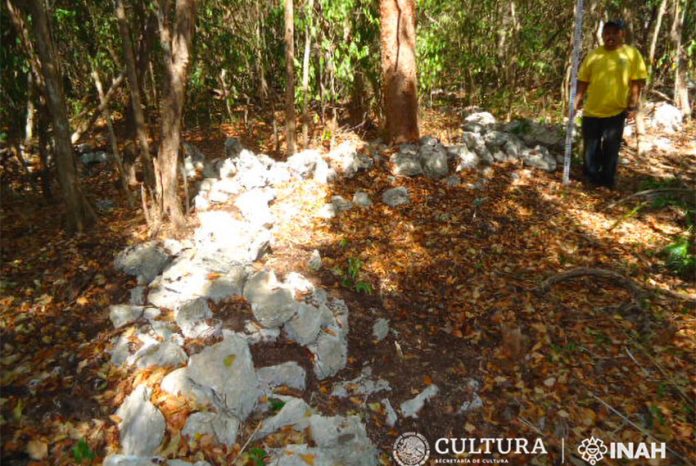Archaeologists with the National Institute of Anthropology and History (INAH) have confirmed the existence of a pre-Hispanic settlement between jungle and mangroves in southern Quintana Roo.
Located on private property near the coastal village of Mahahual in the municipality of Othón P. Blanco, the Mayan settlement is believed to have been built in the late postclassical period between 1200 BC and the arrival of the Spanish in the first half of the 16th century.
Dubbed Mahahual by the archaeologists who are documenting it, the pre-Hispanic town is the only known late postclassical era settlement in the area, INAH said in a statement on Friday.
The archaeologists have so far uncovered remnants of some 80 structures – mainly homes as well as walls that surround the settlement. They have also located natural wells and primitive receptacles that were used to store water. It is believed that the settlement was inhabited by Mayan commoners who devoted their time to fishing and agriculture.
However, archaeologist Fernando Cortés de Brasdefer said that the INAH team will continue to explore the site to see if there is any evidence that it was also occupied by the elite or if religious rituals were carried out there.
He said that there is evidence that the Mayans used adobe, wood and guano palms to build small houses on limestone platforms. Modern day Mayans continue to build homes in the same way, Cortés added.
The archaeologists have not yet found any ceramic relics, stone tools or bone fragments, suggesting that the settlement may have only been inhabited for a relatively brief period of time.
The direct access to the sea for those who lived there, Cortés said, “would have given them an advantage in exchanging commercial products with other coastal peoples” as well as inhabitants of inland towns.
Mexico News Daily
